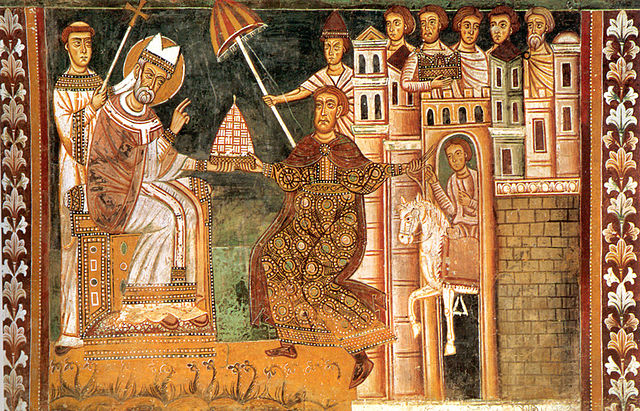I find academic social networking sites obnoxious, but I don’t get the fear and loathing. via @EmmMacfarlane https://t.co/jwYJxJsZJt
— Andrew Eckford (@andreweckford) April 12, 2016
His response was probably innocuous enough, but I thought the article should be put to task a bit more.
“35 million academics, independent scholars and graduate students as users, who collectively have uploaded some eight million texts”
35 million users is an okay number, but their engagement must be spectacularly bad if only 8 million texts are available. How many researchers do you know who’ve published only a quarter of an article anywhere, much less gotten tenure?
“the platform essentially bans access for academics who, for whatever reason, don’t have an Academia.edu account. It also shuts out non-academics.”
They must have changed this, as pretty much anyone with an email address (including non-academics) can create a free account and use the system. I’m fairly certain that the platform was always open to the public from the start, but the article doesn’t seem to question the statement at all. If we want to argue about shutting out non-academics or even academics in poorer countries, let’s instead take a look at “big publishing” and their $30+/paper paywalls and publishing models, shall we?
“I don’t trust academia.edu”
Given his following discussion, I can only imagine what he thinks of big publishers in academia and that debate.
“McGill’s Dr. Sterne calls it “the gamification of research,”
Most research is too expensive to really gamify in such a simple manner. Many researchers are publishing to either get or keep their jobs and don’t have much time, information, or knowledge to try to game their reach in these ways. And if anything, the institutionalization of “publish or perish” has already accomplished far more “gamification”, Academia.edu is just helping to increase the reach of the publication. Given that research shows that most published research isn’t even read, much less cited, how bad can Academia.edu really be? [Cross reference: Reframing What Academic Freedom Means in the Digital Age]
If we look at Twitter and the blogging world as an analogy with Academia.edu and researchers, Twitter had a huge ramp up starting in 2008 and helped bloggers obtain eyeballs/readers, but where is it now? Twitter, even with a reasonable business plan is stagnant with growing grumblings that it may be failing. I suspect that without significant changes that Academia.edu (which is a much smaller niche audience than Twitter) will also eventually fall by the wayside.
The article rails against not knowing what the business model is or what’s happening with the data. I suspect that the platform itself doesn’t have a very solid business plan and they don’t know what to do with the data themselves except tout the numbers. I’d suspect they’re trying to build “critical mass” so that they can cash out by selling to one of the big publishers like Elsevier, who might actually be able to use such data. But this presupposes that they’re generating enough data; my guess is that they’re not. And on that subject, from a journalistic viewpoint, where’s the comparison to the rest of the competition including ResearchGate.net or Mendeley.com, which in fact was purchased by Elsevier? As it stands, this simply looks like a “hit piece” on Academia.edu, and sadly not a very well researched or reasoned one.
In sum, the article sounds to me like a bunch of Luddites running around yelling “fire”, particularly when I’d imagine that most referred to in the piece feed into the more corporate side of publishing in major journals rather than publishing it themselves on their own websites. I’d further suspect they’re probably not even practicing academic samizdat. It feels to me like the author and some of those quoted aren’t actively participating in the social media space to be able to comment on it intelligently. If the paper wants to pick at the academy in this manner, why don’t they write an exposé on the fact that most academics still have websites that look like they’re from 1995 (if, in fact, they have anything beyond their University’s mandated business card placeholder) when there are a wealth of free and simple tools they could use? Let’s at least build a cart before we start whipping the horse.
For academics who really want to spend some time and thought on a potential solution to all of this, I’ll suggest that they start out by owning their own domain and own their own data and work. The #IndieWeb movement certainly has an interesting philosophy that’s a great start in fixing the problem; it can be found at http://www.indiewebcamp.com.





 library opened on November 15, 1964, there were just over 1.1 million books on the shelves.
library opened on November 15, 1964, there were just over 1.1 million books on the shelves.